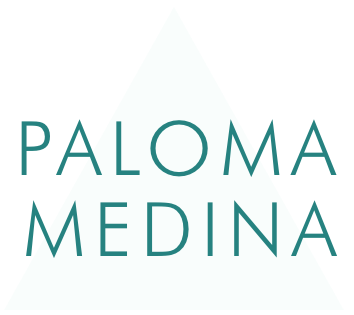Fight Procrastination with MicroTasking
WHAT IS UP WITH PROCRASTINATION?
From a habit perspective, we find that humans tend to procrastinate on tasks that fall into one of three categories: (1) Tasks they find boring or unpleasant, (2) Tasks they find overwhelming or (3) Tasks that they (unconsciously or otherwise) are concerned they'll fail at.
In a future post, we'll go over methods to tackle the first and third category, but first, let's discuss a myth that gets in the way of addressing all three categories.
WILLPOWER: A pesky myth about procrastination is that it's simply an issue of willpower. Some people are better are forcing themselves to do certain tasks, and that's why they procrastinate less. However, upon closer inspection, we find that, while willpower is cool, it's not the key to addressing procrastination. What is? Rethinking how we setup tasks.
This is where microtasking comes in: It's a tiny skill, but it can transform your relationship with even the most procrastination-prone tasks on your list. Here's how to do it:
STEP ONE
Take a task or project you've been procrastinating on (say, writing your thesis paper) and break it down into microtasks: Small to-dos that only take 5 min to 20 min to complete. So for that thesis paper, you could break it down into 20 minute chunks of writing. Or maybe you want to reorganize your digital files: Microtasks could include 20 minutes of deleting files, 20 minutes of archiving files, 10 minutes of finding photo files and making a new folder for those, etc.
STEP TWO
Transfer each microtask onto a sticky note (this is our preferred method of microtasking, we'll cover other ways in future posts). One microtask per sticky. Our favorite sticky notes for microtasking are small and color coded.
STEP THREE
Transfer the stickies over to your journal, or office wall/desk/wherever you're most likely to see them. In our example, the aqua stickies each represent one page of the thesis draft and the yellow stickies represent a new running habit we're trying to build (each sticky is one mile).
STEP FOUR: As you complete each task, pull the sticky and high-five yourself. You just delivered a solid dose of dopamine to your brain (the motivation chemical. :)
WHY IT WORKS
Your brain gets a dose of dopamine every time it feels it has accomplished something. Big tasks give a dose of dopamine, small tasks give a dose of dopamine. So when your brain considers a task that will take houuuurrrrsssss to complete, and/or is unpleasant, and/or may possibly result in failure, it wants to de-prioritize that task ("Write a whole thesis?!?!? Oof!") because there are so many other, easier ways to get dopamine (check your email, watch another youtube video, etc). So what we call procrastination is really just our brains trying to be efficient about how they get their dopamine.
Microtasks are perceived by our brains as easier sources of dopamine ("One page? I can do that!") thus increasing our motivation towards that task. Why the stickies then? That puts the finishing touch: The stickies allow you to create a visual for your progress. Each sticky that comes down shows your brain how much you've accomplished, and being able to visualize our progress has been shown to further motivate the brain, making the next microtask even easier to tackle. Props to LeeAnn from LifeLabs Learning for teaching me this cool sticky trick!
CAVEAT
Microtasking works for a variety of motivation and productivity challenges, but it takes a little practice to get good at converting large challenges into a series of microtasks.

